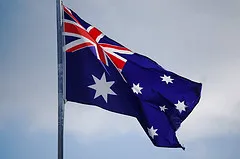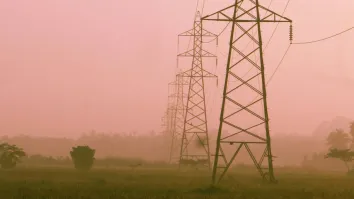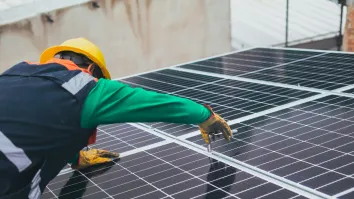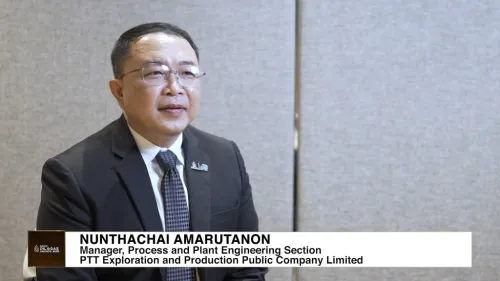
Carbon tax to be implemented in Australia from July 2012
The tax would start from A$23 per ton and would increase by 5% annually.
According to a report by Climate Connect, in a landmark vote, the Australian Senate passed the 18 Clean Energy Bills which will now pave way for the implementation of the carbon tax from July 2012. The bills cleared the Senate as the Green party supported the government with 36 votes in favour of the bills while 32 against it. The bills were passed in the lower house on 6th October 2011. The passage of the bills in both the houses was preceded by lengthy and sometimes bitter debates between the government and the opposition. An amendment to the bills proposed by the opposition which would have stopped power generators from paying full advance for forward-dated carbon permits was defeated.
The carbon price scheme would implemented in two phases. Between July 2012 and June 2015, a carbon tax would be applicable on the eligible industrial units. The tax would start from A$23 per ton and would increase by 5% annually. From July 2015 the carbon tax would be replaced by a cap-and-trade scheme. The price of the carbon instruments would be regulated till 2018 through floor and ceiling prices.
About 500 industrial units would be eligible under the carbon pricing scheme. As the scheme would be applicable on subsidiary and facility level the actual number of companies impacted would be around 230, as estimated by Climate Connect Research. Industrial units with a minimum scope 1 GHG emissions of 25,000 tons per year would be mandated to participate in the carbon scheme. However, industries with lesser emissions may also participate through the opt-in rule.
Australia aims to reduce its carbon emissions by 5% from 2005 levels by 2020. According to Climate Connect Research, the carbon pricing scheme would help Australia reduce about 152 million tons of carbon emissions by 2020. The government would allow the obligated entities to meet a maximum of 50% of their obligations through purchase of international carbon offsets from 2015. However, the federal treasury expects the demand for international offsets to be around 94 million tons by 2020 as the companies would trigger the safety-valve mechanism.
The revenues generated from the carbon pricing scheme would be utilised for paying compensation to households in the form of tax cuts, to industries like coal and iron & steel to keep their products competitive in the international markets and to promote renewable energy infrastructure through various regulatory bodies. According to the modelling done by the federal treasury, the carbon pricing scheme would reduce the gross domestic product by about A$32 billion by 2020 but will have a negligible negative impact in the long term.
The Clean Energy Bills been passed at a very crucial juncture with less than a month for the Climate Change conference in Durban. The passage of these bills would give Australia a leverage over other countries as they discuss and negotiate for an international climate treaty. Australia supports a new climate change treaty from 2015.



















 Advertise
Advertise







